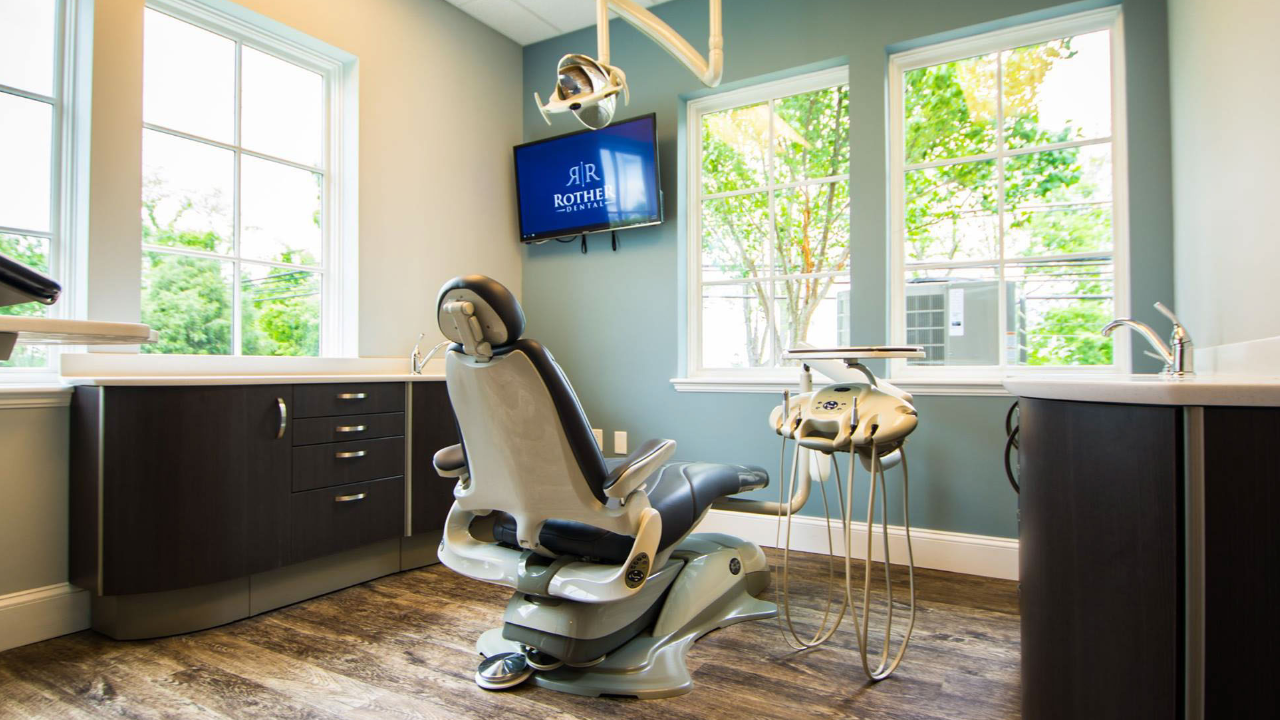Are You Ready for the Future of Dental Hygiene?
Jun 06, 2022
If you are a dental hygienist, you are licensed oral health prevention professional. You have graduated from an accredited dental hygiene program at a college or university, passed written national board and regional clinical board examinations, apply for licensure in your state and continue your educational requirements to keep your license current.
As a registered dental hygienist (RDH), you most likely work in a clinical care setting such as private practice. Traditionally, according to the American Dental Hygienist Association (ADHA), as part of dental hygiene clinical care, a hygienist can perform oral health assessments, take radiographs, remove deposits from the teeth and under the gums, apply agents such as sealants, fluoride, and antimicrobials, provide education & counseling to promote good oral health, and can even administer local anesthesia in many states.
In addition to the traditional clinical setting, you could also be working in public health, education, research, sales, or even in administrative settings. But are you ready for new trends in dental hygiene?
The latest trends in dental hygiene’s growing occupational opportunities, varying oral health care delivering systems, and new dental technology make this an exciting time to be a dental hygienist or a future dental hygienist.
Occupational Outlook
According to the U.S. Department of Labor, the employment projections for dental hygienists are predicted to grow 11%, which is above the national average growth of 8% over the next decade. A recent ADHA report shows an 8% reduction in hygienists since the COVID-19 pandemic, which has led to a shortage of hygienists nationwide. All of this data means that hygienists are in need nationwide.
The American Dental Association published a report in 2021 showing 80% of dentists nationwide are understaffed and actively recruiting hygienists. As dental practices struggle to recruit and retain quality dental hygienists, they are creating positive incentives such as increased focus on positive work culture, sign-on bonuses, flexibility in scheduling, and more opportunities for upward growth.
Simply put, now is the best time to find a position that meets your needs!
Collaborative Growth
Hygienists know that good oral health is an essential part of overall health. As preventive care specialists, hygienists are perfectly positioned to be on the forefront of the medical-dental integration trend that is focusing on collaborative efforts within the medical and dental communities to promote healthier patient outcomes.
Today, prevention doesn’t just mean providing a thorough prophylaxis. It means that we approach our dental hygiene practice with a holistic approach that combines clinical care, education, and assessment of patient oral and overall health, all in collaboration with dental and medical professionals. Because of these trends, many states including Pennsylvania now allow dental hygienists to work in alternative settings such as federally qualified health centers, hospitals, nursing homes, mobile dental services, school-based dental hygiene, and increased access through teledentistry.
New Technology
The latest advances in technology are offering hygienists beneficial changes to traditional therapeutic and diagnostic practice that elevate care.
- Therapeutic Tools - Just like the ultrasonics radically changed scaling 50 years ago, lasers are the technology to change delivery of care today. Using a low-level diode laser, hygienists can now provide laser bacterial reduction as an adjunct to traditional care. Although not every state has added the use of lasers to dental hygiene scope of practice, it is trending toward that direction.
- Diagnostic Tools - Anything that hygienists can use chairside that will help assess conditions and increase patient awareness makes daily practice easier and more fulfilling. Diagnostic tools such as artificial intelligence (AI) technology for caries, periodontal disease, and oral cancer detection and dental endoscopes to more accurately detect calculus are quickly becoming game changers chairside.
The Future is Now
While traditional dental hygiene practice is the gold standard of care, it is care that is always evolving. Understanding the occupational trends and changes in occupational opportunities and new care delivery is one of the best ways to be prepared for that evolution.
Now is also the best time to assess your current situation and look for the best professional path that supports those trends. Maybe you are looking for a new position with growth opportunities, new technology, or the ability to work in an alternative setting. Whatever your need, dental hygiene can support it if you are ready.
RDHs, get ready because your future is bright!
________________________________________________________________________
About the Author: Suzanne L. Vila, RDH, PHDHP, B.A.
Suzanne is a Registered Dental Hygienist in Central PA who works in private periodontal practice and at a local college as an adjunct dental hygiene faculty. After a thirty-year career in dental hygiene, Suzanne is now creating non-clinical projects involving professional enhancement, public health initiatives, and patient education. In addition to being a passionate dental practitioner, Suzanne enjoys teaching fitness classes such as Pilates and yoga, volunteering with the local dog rescue Pitties.Love.Peace, and spending time with her family and their two rescued pit bulls, Rudy & Freya.

